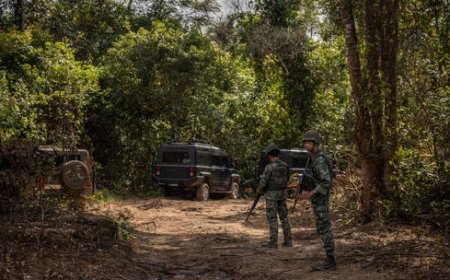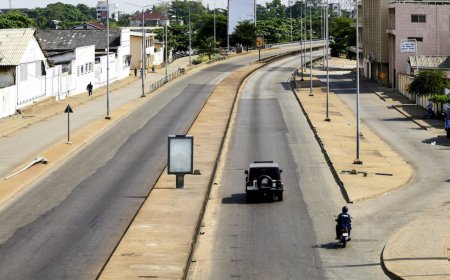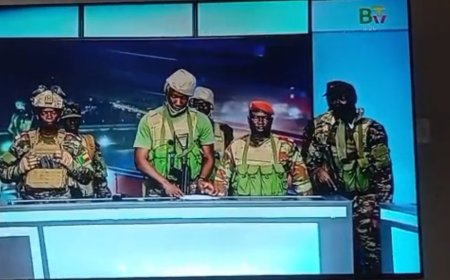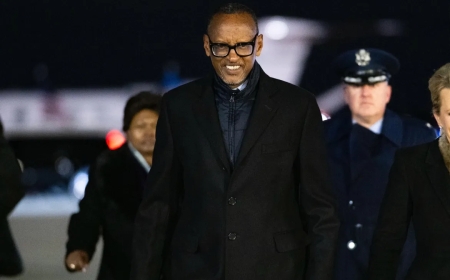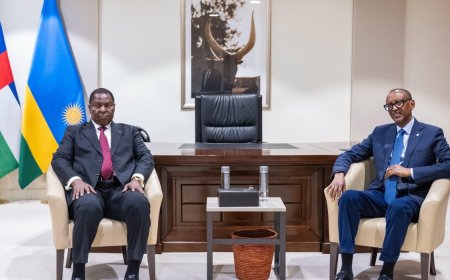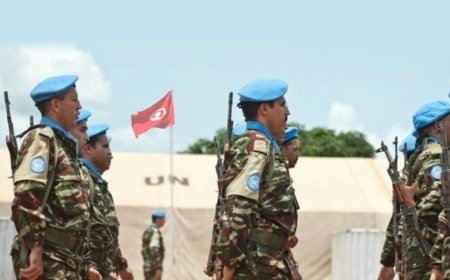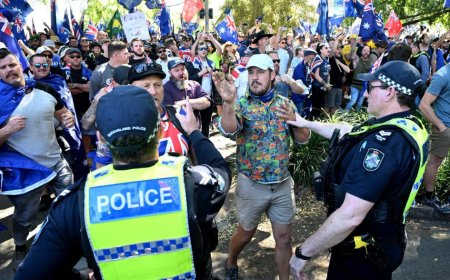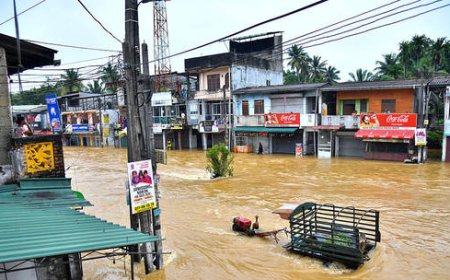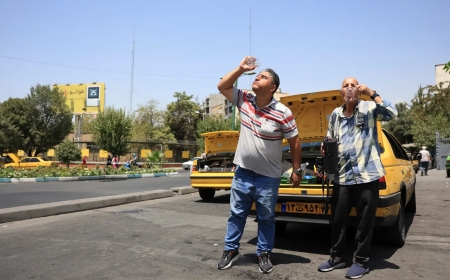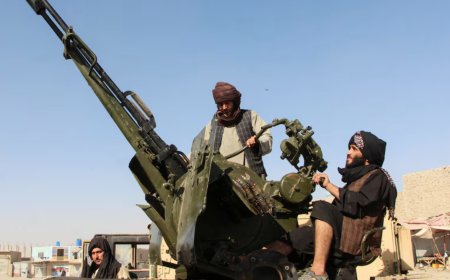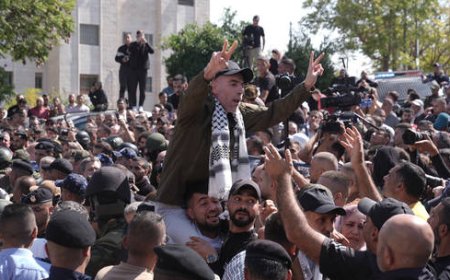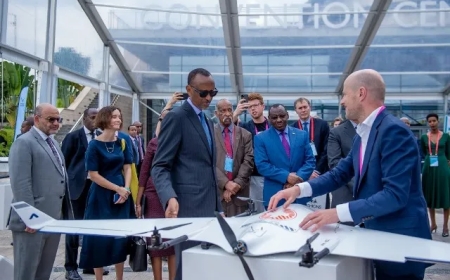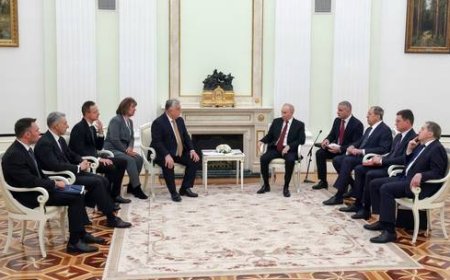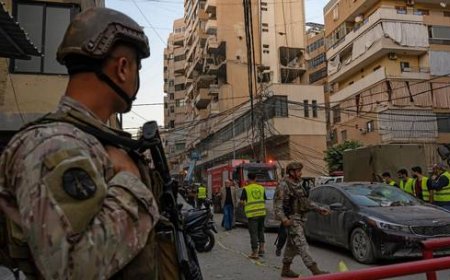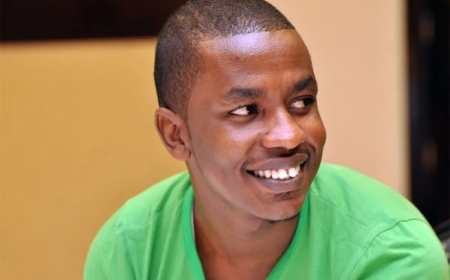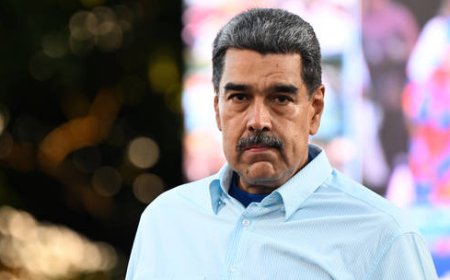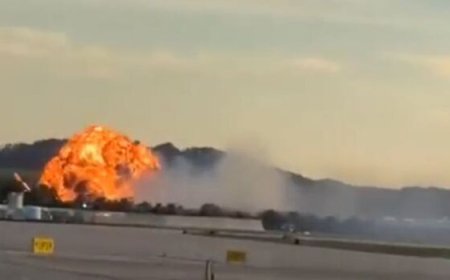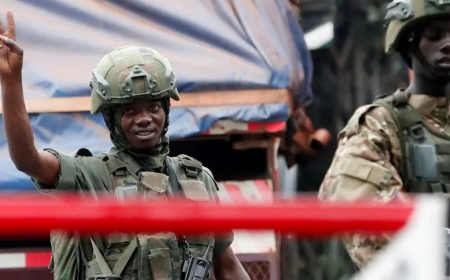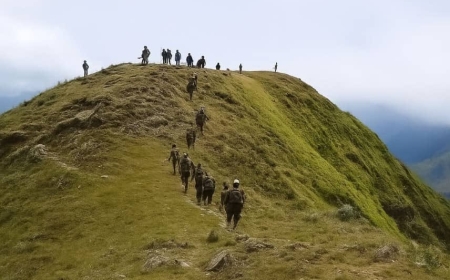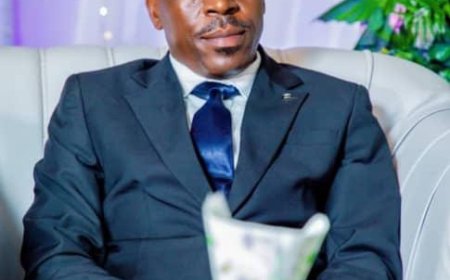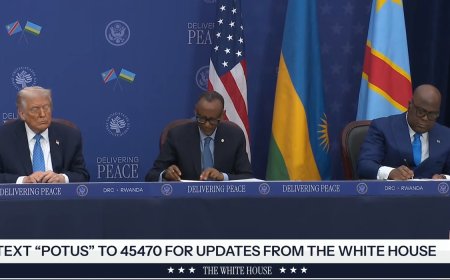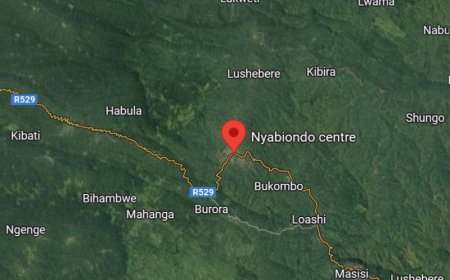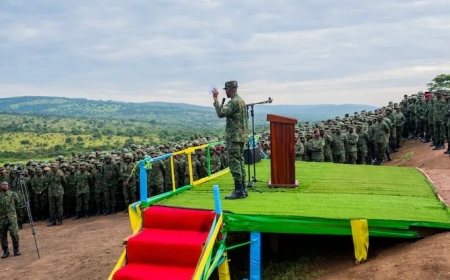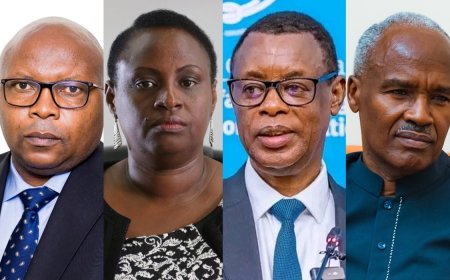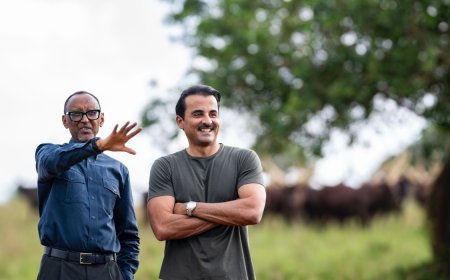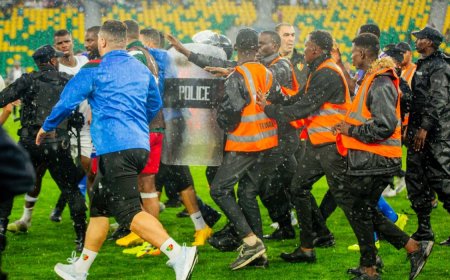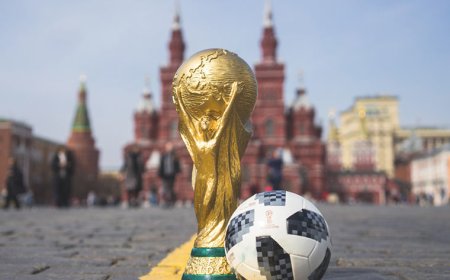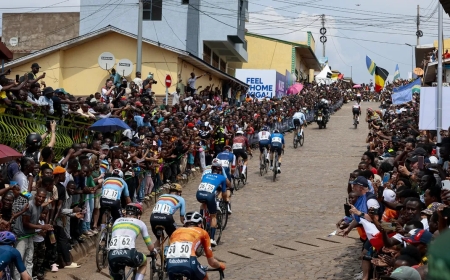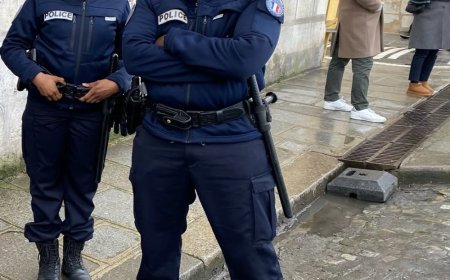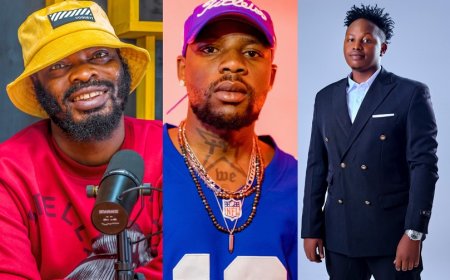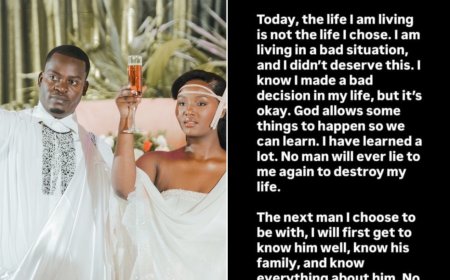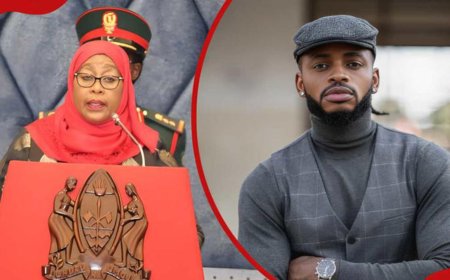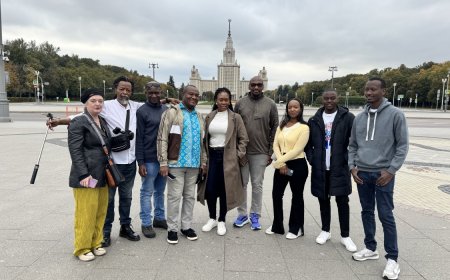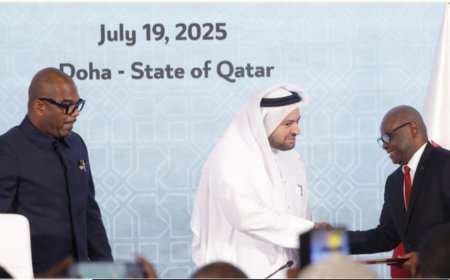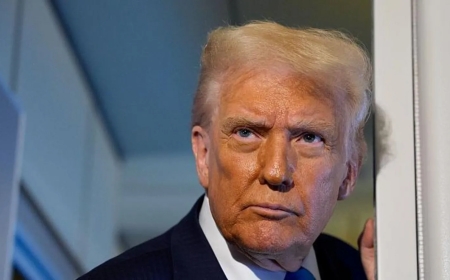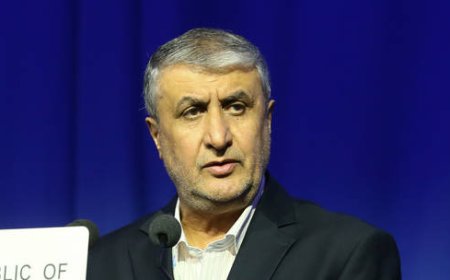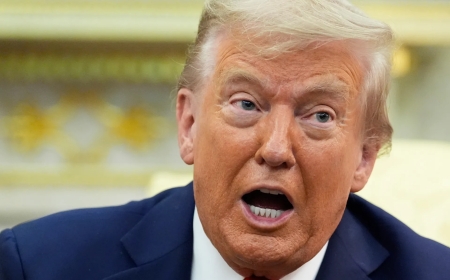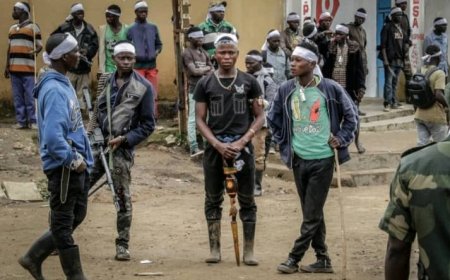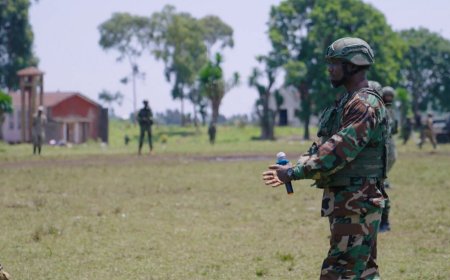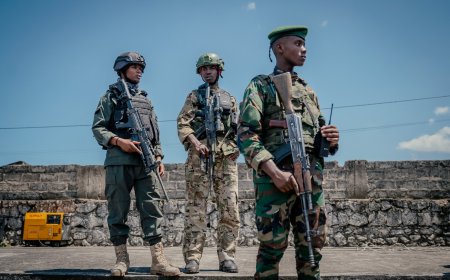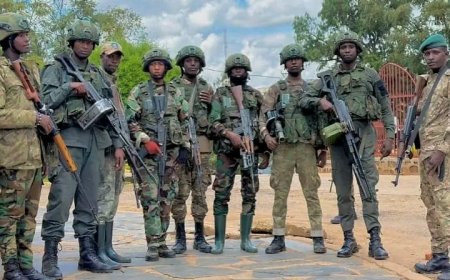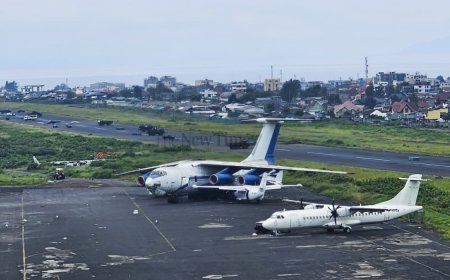Will Ramaphosa justify numbers of unreported South Africans killed in DRC?
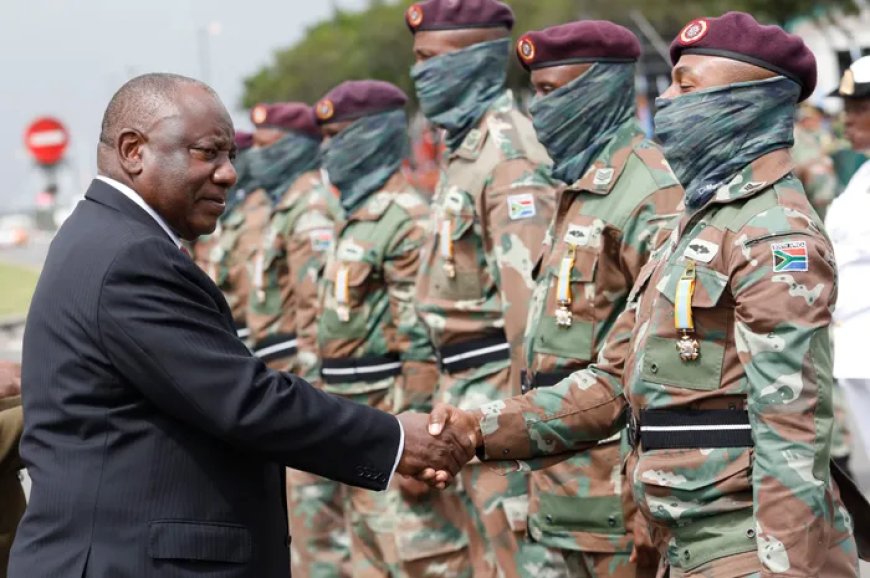
While President Cyril Ramaphosa’s regime has officially confirmed the deaths of 14 South African soldiers deployed to the east of the Democratic Republic of Congo (DRC) as part of the Southern African Development Community mission (SAMIDRC), a significant number of troops remain unaccounted for—their bodies unrecovered and their fates shrouded in silence.
Sources close to the mission have confirmed to The Great Lakes Eye that around 70 South African soldiers lost their lives in late January during intense clashes with the AFC/M23 rebels in Sake and Goma, the capital of North Kivu province.
“It was a disaster. Some of our troops were completely destroyed by bombs. Others were buried in mass graves with the dead Congolese coalition forces, making it impossible to locate and evacuate their bodies,” said a South African soldier returning home.
“In February, we negotiated with the AFC/M23 rebels to allow us to search for our fallen comrades, but we lost their trace,” he added.
Cheers and fist bumps from airbase personnel filled the air at Waterkloof Air Force Base in Pretoria on the night of June 13, as the first batch of 249 South African National Defence Force (SANDF) troops returned home. But the celebratory mood is shadowed by unanswered questions. While some families rejoice at the safe return of their loved ones, others remain in the dark, still waiting for news about loved ones who never came back.
In an effort to manage public perception and deflect attention from recent setbacks, SANDF spokesperson Rear Admiral (JG) Prince Tshabalala told the media in May that South Africa remains committed to the United Nations peacekeeping mission in DRC (MONUSCO). Despite the controversy surrounding the conclusion of the SAMIDRC mission, Pretoria pledged SANDF’s continued and active participation in operations of the UN mission in DRC, MONUSCO.
“As you know, since we terminated the SADC mission [SAMIDRC], it doesn’t mean we shall then abandon the people of Congo—we are still heavily involved in MONUSCO. Our troops will remain there until a decision is taken on whether the mission continues or not,” Tshabalala said.
The statement was widely seen as a calculated attempt to ease pressure from families of missing soldiers by suggesting their loved ones stayed in DRC under the UN peacekeeping banner. However, this claim lacks credibility.
There is no confirmed agreement allowing SAMIDRC troops to transition into MONUSCO operations. South African troops deployed under MONUSCO are entirely separate from those sent as part of SAMIDRC, which is currently in the process of withdrawal. That SAMIDRC personnel merely remained in DRC under MONUSCO is a naked lie.
With nearly 5,000 personnel, the South Africa-led offensive—but failed—mission was deployed in December 2023, with South Africa as the largest troop contributor, sending over 3,000 soldiers. The remaining forces came from Tanzania and Malawi. All participating countries suffered losses, with South Africa leading in casualties, having officially acknowledged 14 fallen soldiers.
Although formal repatriation ceremonies have been held, the absence of over 50 bodies is expected to fuel public outrage and deepen national grief, as their families demand clarity on the fate of their missing loved ones. The question now remains: will Ramaphosa explain the dozens of unreported South Africans killed in DRC?
